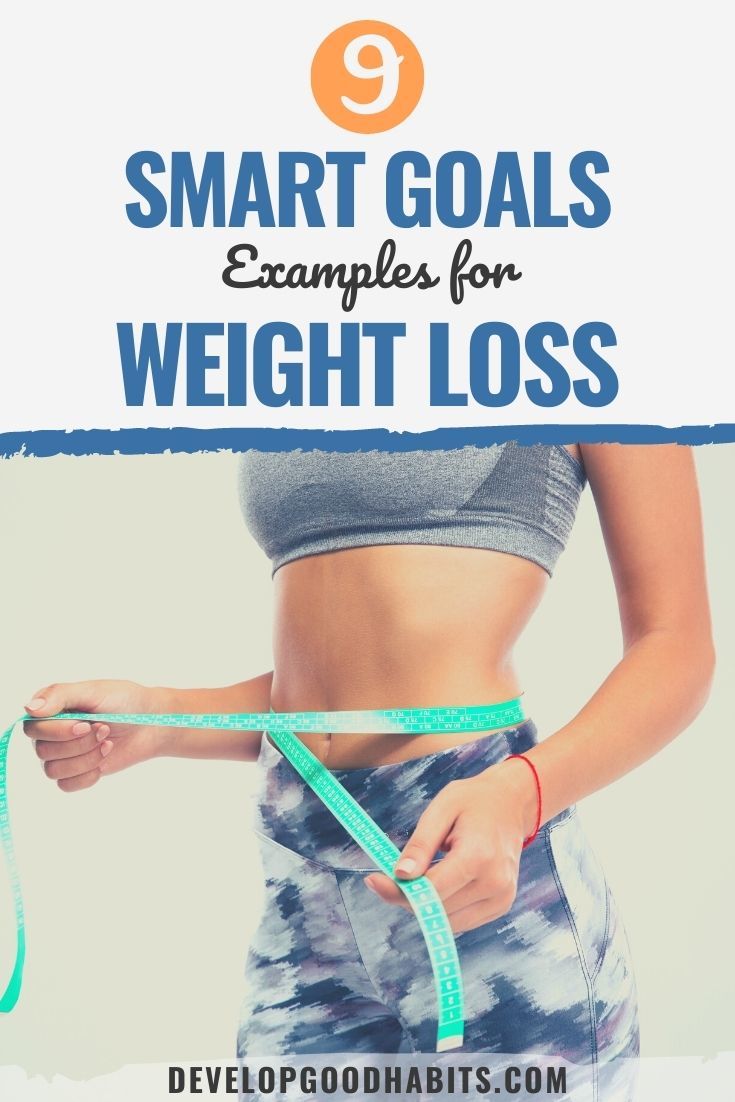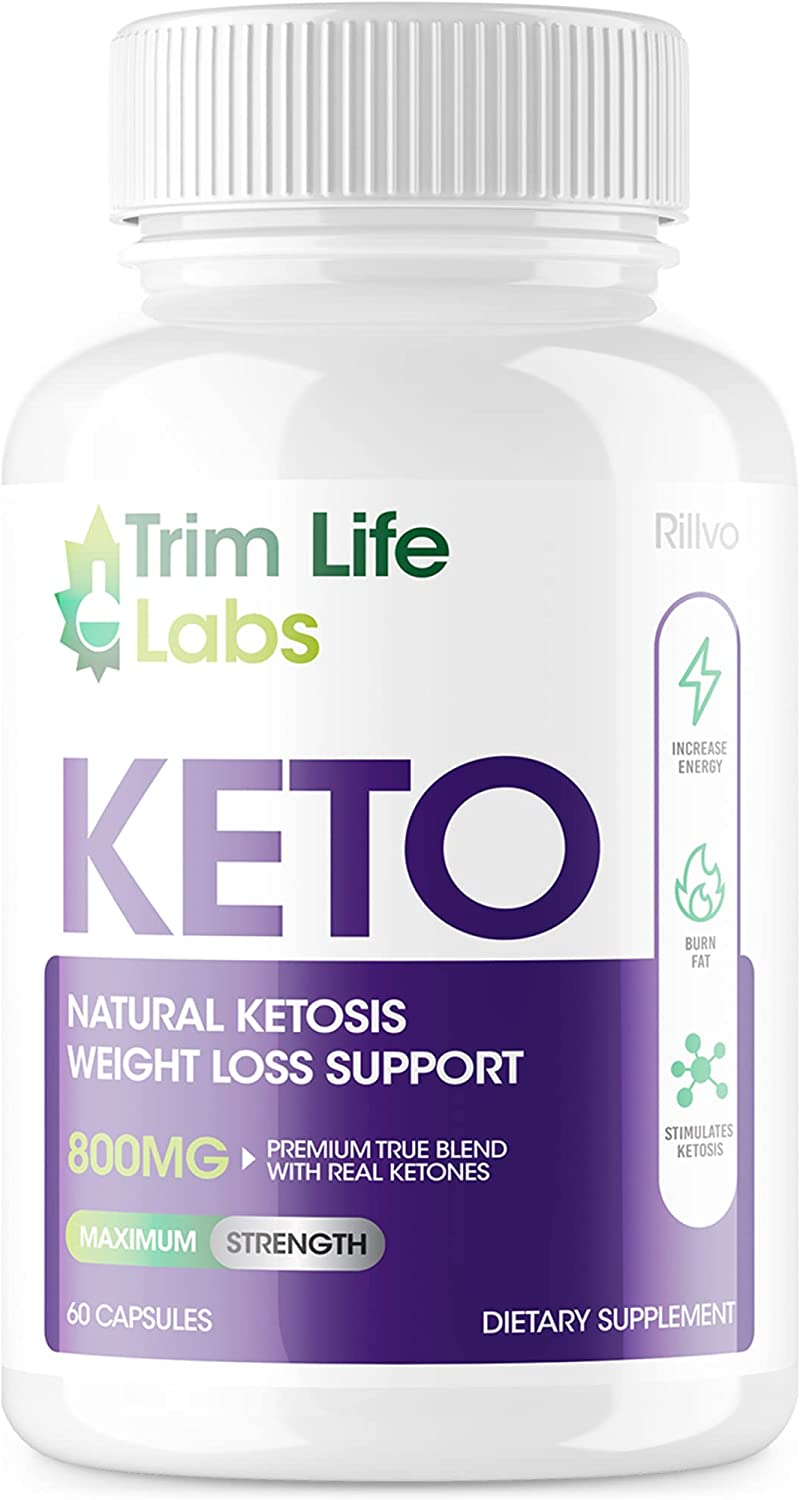
A balanced diet of 5-6 meals is necessary to lose weight. Overeating is a key factor. By planning ahead and cooking your meals at home, you can avoid overeating. A cheese stick is a better alternative to candy bars. You can also drink plenty of water or fruit smoothies. This will make your days much more enjoyable. These are some tips to lose weight.
Planning your meals is key to losing weight. You can do this by deciding the food you will eat and then eating it before dinner. Do not skip meals as it can lead to eating too much later. You can avoid this by planning your meals in advance. If you can't, order delivery. Otherwise, you should plan your meals in advance. It will result in a satisfying, healthy meal.

Healthy eating habits can help you lose weight and feel better. Start by reducing your sugar intake. Limit the intake of sweetened or fatty foods. You can substitute them with more water. Water intake should be between 2 and 3 liters daily. To make healthier eating easier, follow these tips. Don't forget to keep hydrated! You should drink lots of water each day. There are so many different ways to lose weight and improve your health.
Plan your meals in advance to avoid overeating and increase energy. It also helps you to reduce stress. It can lead to you eating more later if you skip meals. But you must remember that skipping a meal can lead to overeating during the evening. You can order delivery for those who are too busy to plan meals.
You can plan your meals by learning about the nutrition information on food labels. It is possible to find out how many calories are contained in a food, and how much you should consume in a given day. It can be difficult to eat healthy foods if you don't know what's right for you. This information can help you make informed choices and prepare a healthy meal. This will allow you to track your portion sizes.

To live a healthy lifestyle, you must adopt healthier eating habits. It's possible to make small, but significant changes in your diet. The key is to focus on a healthier diet and you will reap the rewards. One habit can make a huge difference in your entire life. Changes in your diet can help you control your weight, and improve your relationships.
FAQ
What's the difference between a calorie and kilocalorie?
Calories refer to units that are used for measuring the energy in food. Calories are the unit of measurement. One calorie is equal to one degree Celsius in energy.
Kilocalories are another way to describe calories. Kilocalories measure in thousandths a calorie. For example, 1000 calories equals one kilocalorie.
Which diet is best for me?
Your age, gender, body type, and lifestyle choices will all impact the best diet. Also, consider your energy expenditure, whether you prefer low-calorie food, and whether you enjoy eating fruits or vegetables.
Intermittent Fasting is an alternative to traditional fasting if you are looking to lose weight. Intermittent eating means that you only eat specific meals throughout the day. This is in contrast to three large meals. You may find that this method works better for you than traditional diets that include daily calorie counts.
Intermittent fasting has been shown to improve insulin sensitivity, reduce inflammation and lower the risk of developing diabetes. Some research also suggests that intermittent fasting might promote fat loss, and improve overall body composition.
What can I do to boost my immune system?
There are trillions upon trillions on cells in the human body. Each cell works together to create organs and tissues that fulfill specific functions. Another cell takes its place when a cell dies. The chemical signals known as hormones are used to communicate between cells. Hormones control all bodily functions, including growth, development, metabolism, immunity and immune system.
Hormones can be described as chemicals produced by glands in the body. They are chemicals that travel through the bloodstream and function as messengers to control how our bodies work. Some hormones are produced internally while others are made outside of the body.
Hormone production begins when a hormone-producing gland releases its contents into the bloodstream. Once hormones have been released, they travel through the body until reaching their target organ. In some cases, hormones remain active only for a short period of time. Others hormones are more active and have a longer life expectancy. They can still influence the body's functions long after they are eliminated from the bloodstream.
Some hormones are produced in large quantities. Others are produced in small amounts.
Some hormones only are produced during certain periods of life. Estrogen is one example. It's produced in puberty, pregnancy and menopause. Estrogen is important for women to develop breasts and maintain bone density. It also helps prevent osteoporosis. It is also known to promote hair growth and keep skin soft and smooth.
Statistics
- The Dietary Guidelines for Americans recommend keeping added sugar intake below 10% of your daily calorie intake, while the World Health Organization recommends slashing added sugars to 5% or less of your daily calories for optimal health (59Trusted (healthline.com)
- nutrients.[17]X Research sourceWhole grains to try include: 100% whole wheat pasta and bread, brown rice, whole grain oats, farro, millet, quinoa, and barley. (wikihow.com)
- WHO recommends consuming less than 5% of total energy intake for additional health benefits. (who.int)
- According to the 2020 Dietary Guidelines for Americans, a balanced diet high in fruits and vegetables, lean protein, low-fat dairy and whole grains is needed for optimal energy. (mayoclinichealthsystem.org)
External Links
How To
What does the word "vitamin" mean?
Vitamins are organic compounds that can be found in foods. Vitamins allow us to absorb nutrients from food. Vitamins cannot be made by the body; they must be taken from food.
There are two types of vitamins: water soluble and fat soluble. Water-soluble vitamins dissolve quickly in water. Examples include vitamin C,B1 (thiamine), B2 (riboflavin), B3 (niacin), B6 (pyridoxine), folic acid, biotin, pantothenic acid, and choline. Fat-soluble vitamins can be stored in the liver or in fatty tissue. Examples include vitamin D, E, K, A, and beta carotene.
Vitamins can be classified by their biological activity. There are eight major groups of vitamins:
-
A - Vital for normal growth and maintaining good health.
-
C – essential for proper nerve function.
-
D - Essential for healthy teeth and bones.
-
E is required for good vision and reproduction.
-
K - essential for healthy muscles, nerves, and bones.
-
P - Essential for strong bones and teeth.
-
Q - Aids digestion and iron absorption
-
R - necessary for making red blood cells.
The recommended daily allowance for vitamins (RDA) varies based on gender, age, and physical conditions. The U.S. Food and Drug Administration sets RDA values.
For adults over 19 years, the RDA is 400 mg per day for vitamin A. However, pregnant women need 600 micrograms per day because it is important for fetal development. Children ages 1-8 require 900 micrograms per day. Babies under one-year old require 700 mg per day. Between 9 and 12 years of age, however, this drops to 500 mg per day.
Children between the ages of 1-18 need 800 micrograms per daily for obesity, while children overweight require 1000 micrograms. Children underweight or obese will need 1200 mg per day.
Children between 4 and 8 years old with anemia will need 2200 micrograms daily of vitamin C.
2000 micrograms daily is required for adults over 50 to maintain their general health. Breastfeeding or pregnant women require 3000 micrograms per daily due to higher nutrient demands.
1500 micrograms is the recommended daily intake for adults aged 70+, who lose approximately 10% of muscle each year.
Women who are pregnant or lactating need more than the RDA. Pregnant mothers need 4000 micrograms per daily during pregnancy and 2500 after giving birth. Breastfeeding mothers require 5000 micrograms daily when breast milk production is occurring.